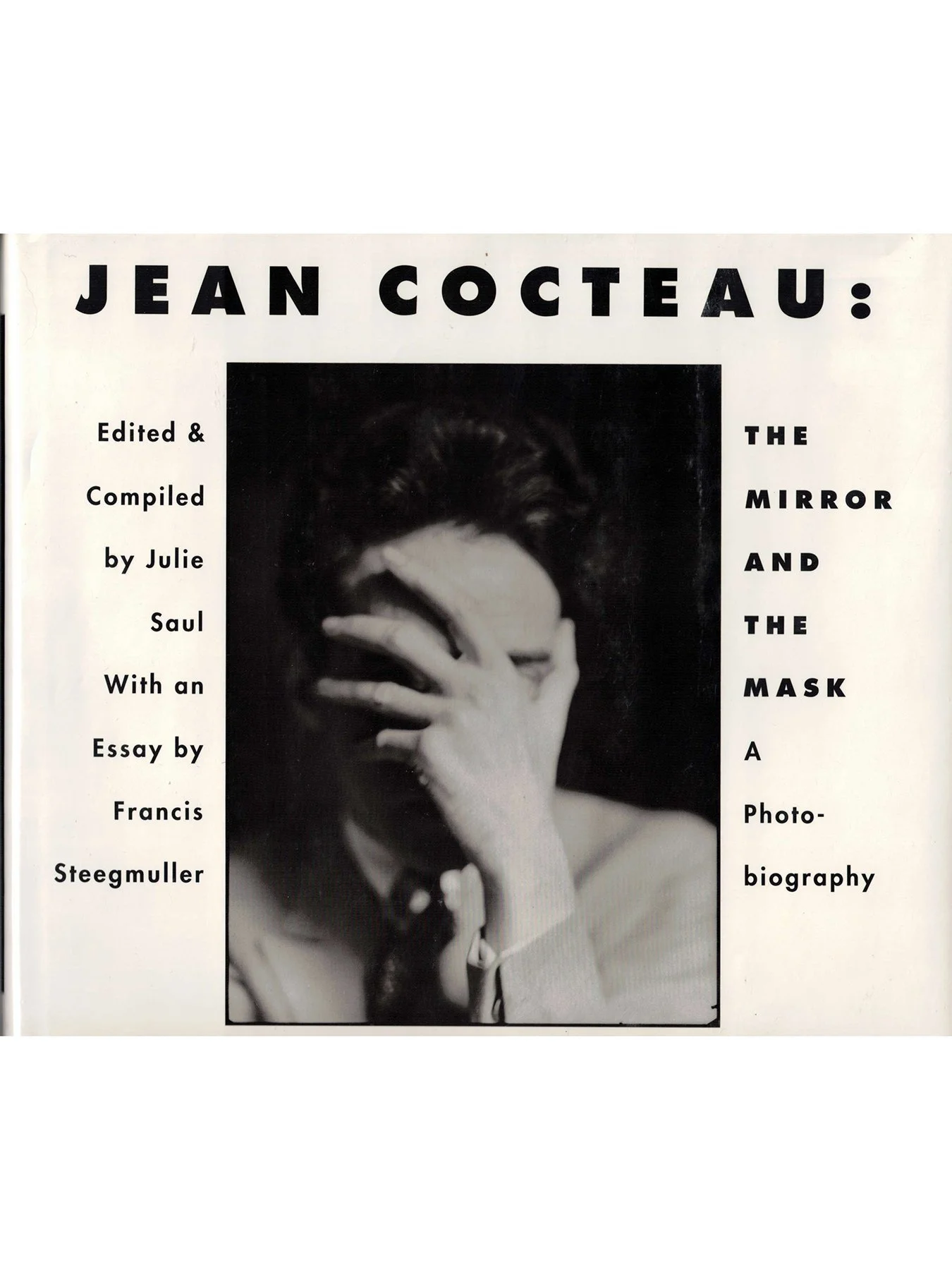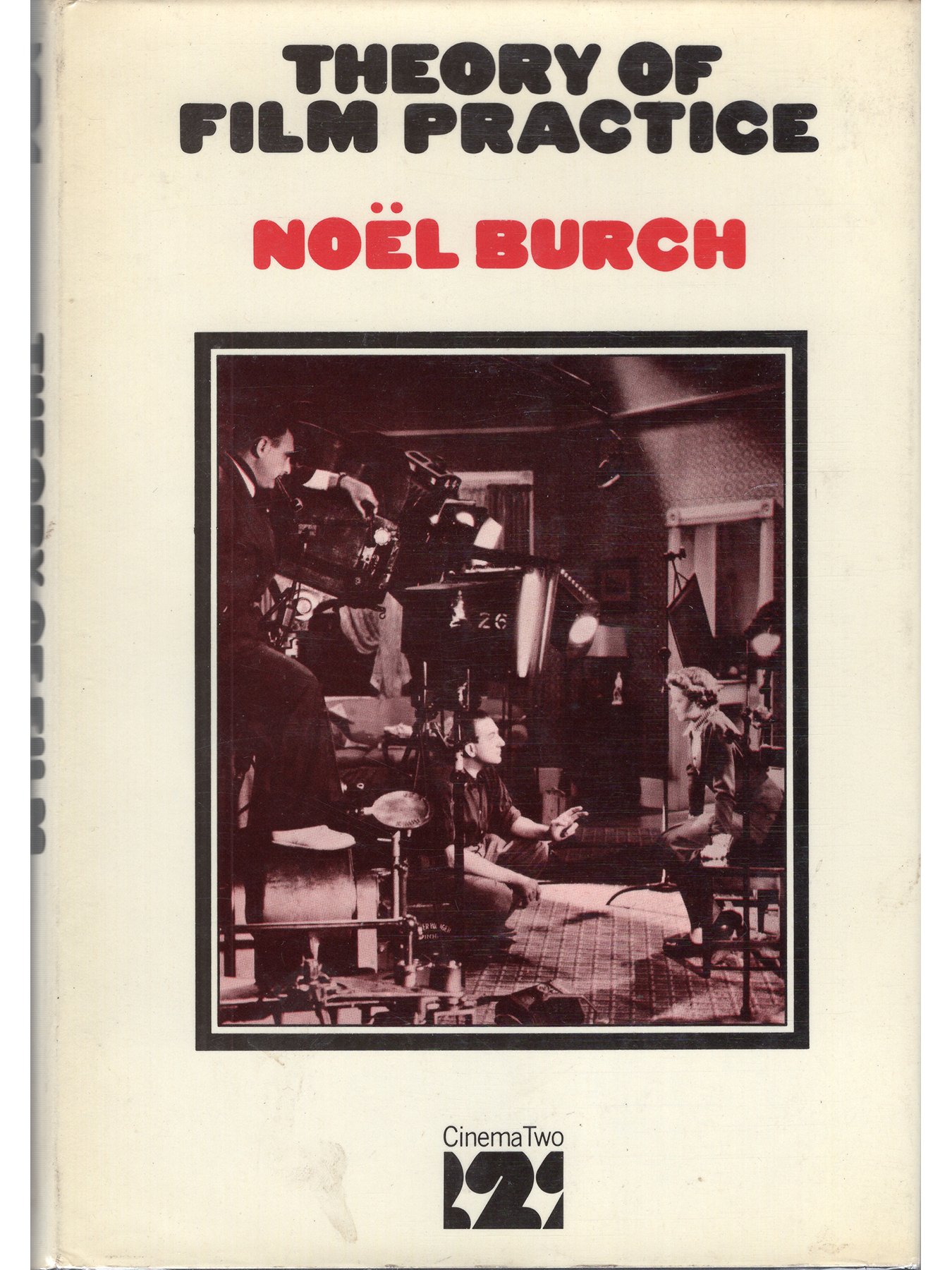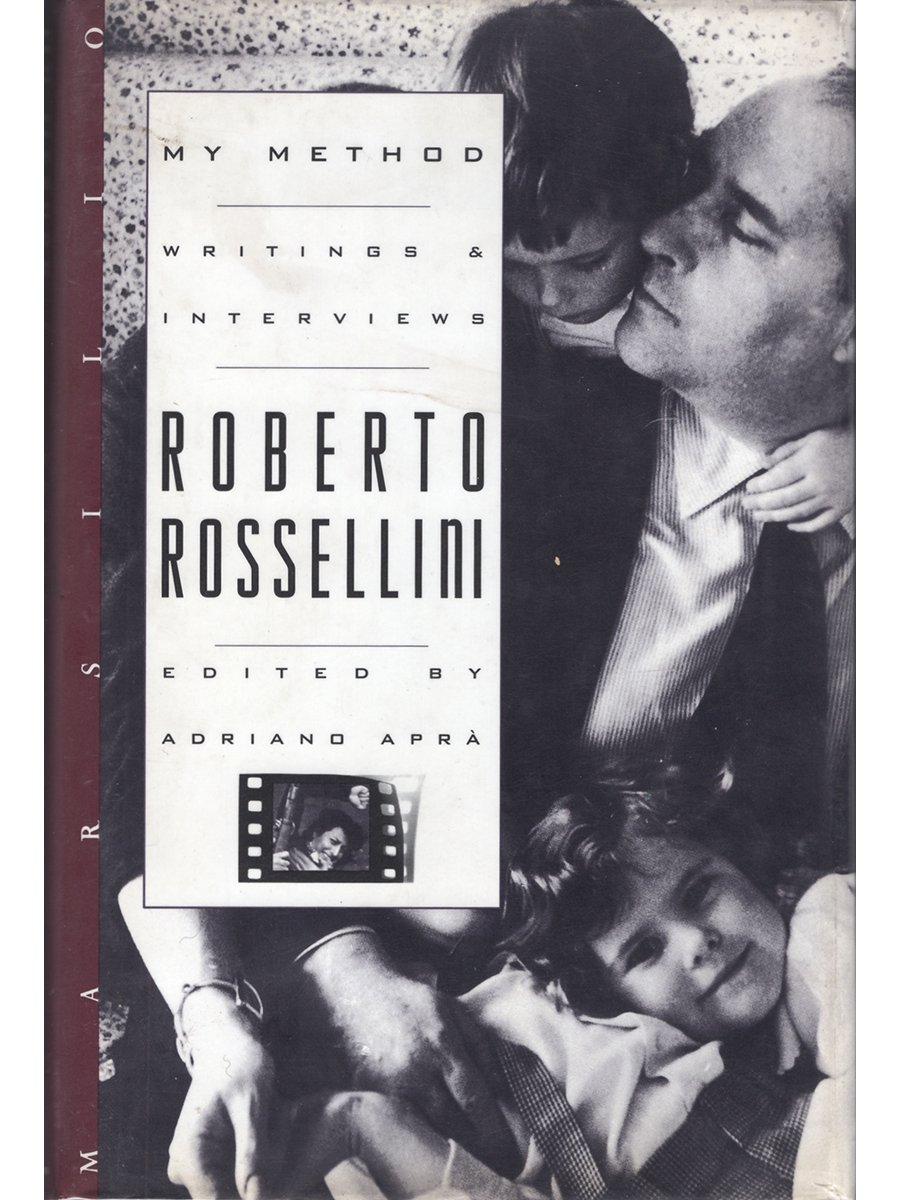Jean Cocteau: The Mirror and the Mask: A Photo Biography
Published by Princeton University Press, 1990
Sewn bound hardcover
First printing
112 pages
9x10 inches
Book and dust jacket in Near Fine condition. Comes in removable protective Brodart mylar cover.
Edited and compiled by Julie Saul with an essay bye Francis Steegmuller.
A photographer once remarked to André Maurois, “If I were to take a picture of a village wedding, Jean Cocteau would appear between the bride and groom.” And he was right; Cocteau was photographed everywhere, by everyone, in all guises and poses. Cecil Beaton posed him smoking an opium pipe, Lucien Clergue caught him in the romantic ruins of Arles where Cocteau was shooting Orphée, Arnold Newman shot him in Paris, and Philippe Halsman in New York. Cocteau possessed, of course, a modern genius for self-promotion, but he also cared deeply about his own art and the art of a technique he embraced with passion throughout his lifetime ― photography.
Published by Princeton University Press, 1990
Sewn bound hardcover
First printing
112 pages
9x10 inches
Book and dust jacket in Near Fine condition. Comes in removable protective Brodart mylar cover.
Edited and compiled by Julie Saul with an essay bye Francis Steegmuller.
A photographer once remarked to André Maurois, “If I were to take a picture of a village wedding, Jean Cocteau would appear between the bride and groom.” And he was right; Cocteau was photographed everywhere, by everyone, in all guises and poses. Cecil Beaton posed him smoking an opium pipe, Lucien Clergue caught him in the romantic ruins of Arles where Cocteau was shooting Orphée, Arnold Newman shot him in Paris, and Philippe Halsman in New York. Cocteau possessed, of course, a modern genius for self-promotion, but he also cared deeply about his own art and the art of a technique he embraced with passion throughout his lifetime ― photography.
Published by Princeton University Press, 1990
Sewn bound hardcover
First printing
112 pages
9x10 inches
Book and dust jacket in Near Fine condition. Comes in removable protective Brodart mylar cover.
Edited and compiled by Julie Saul with an essay bye Francis Steegmuller.
A photographer once remarked to André Maurois, “If I were to take a picture of a village wedding, Jean Cocteau would appear between the bride and groom.” And he was right; Cocteau was photographed everywhere, by everyone, in all guises and poses. Cecil Beaton posed him smoking an opium pipe, Lucien Clergue caught him in the romantic ruins of Arles where Cocteau was shooting Orphée, Arnold Newman shot him in Paris, and Philippe Halsman in New York. Cocteau possessed, of course, a modern genius for self-promotion, but he also cared deeply about his own art and the art of a technique he embraced with passion throughout his lifetime ― photography.






